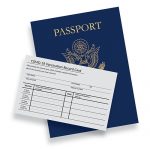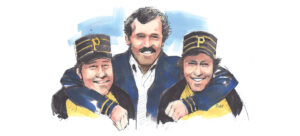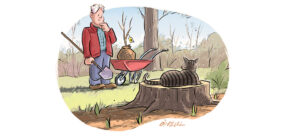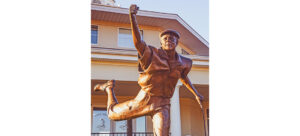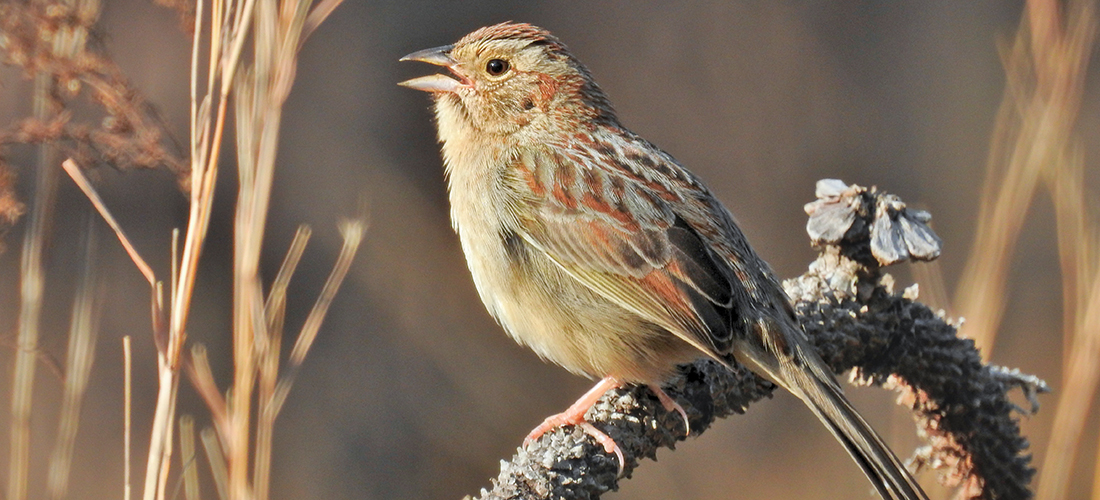
A Rare Bird
Searching for the Bachman’s sparrow
By Susan Campbell
Photograph by Carl Miller
Although unquestionably the most sought-after bird species in North Carolina, the Bachman’s sparrow does not, at first glance, seem very special. But once you search for this incredibly adapted little bird, you will realize how special it is. One of a handful of endangered species in our state, you will have to find the right spot to get a glimpse of this cryptic little creature.
Endemic to pine forests of the southeastern United States, Bachman’s sparrows are only found in the frequently burned, open understory of the Sandhills and inner coastal plain. The best time to locate one is to visit in the spring, when males spend much of their time singing from low perches. Otherwise, the birds are down low, foraging in the groundcover and virtually invisible. A local species, Bachman’s sparrows do not migrate in the fall but rather become even harder to find. As insects become scarce, they subsist on a variety of seeds during the colder months.
Bachman’s sparrows are bland-looking brown and white with just a splash of yellow at the bend of the wing (which you will miss unless you are looking carefully with binoculars). Their song is a beautiful trill preceded by a single note. It carries a long way and is hard to pinpoint, in spite of the volume. And the nest, which is carefully constructed by the female, is an intricate cup of grasses at ground level. Often they will incorporate vegetation over the nest, creating a dome to protect the eggs and young from predation.
These birds are also unique in that they run, not fly, to evade potential threats. They will disappear into thick vegetation and have also been known to evade predators by diving into burrows dug by gopher tortoises — another species restricted to the sandy pine forests a bit farther south. More than anything, they are closely associated with longleaf pine and wiregrass, a plant community type that has become very rare over the last century. Habitat conversion and fire suppression have reduced the forests that they commonly inhabited by over 90 percent.
The individuals of the species were first noticed by one of the country’s most famous early ornithologists, John James Audubon. He chose to give them the name Bachman’s sparrow after his local host for the expedition, South Carolina clergyman John Bachman (pronounced BACK-man). Indeed, many birders have followed in Audubon’s footsteps, searching for this unique, secretive little survivor. Should you do the same, you just might be rewarded with a brief look at one of our state’s most prized inhabitants. PS
Susan Campbell would love to receive your wildlife photos and reports. She can be reached at susan@ncaves.com.


